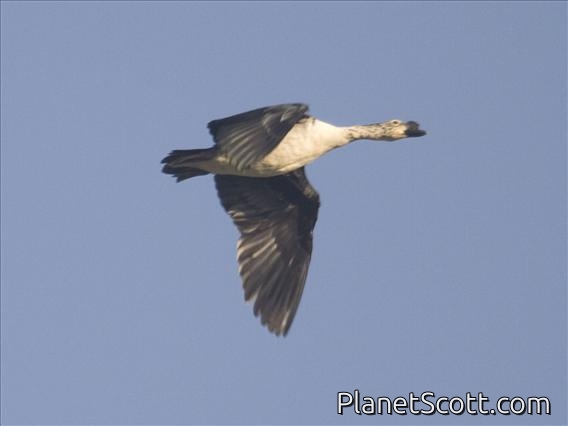Knob-billed Duck (Sarkidiornis melanotos)

Comb Duck (Sarkidiornis melanotos)
×


Comb Duck (Sarkidiornis melanotos)
About Knob-billed Duck (Sarkidiornis melanotos)
- Kingdom: Animals
- Phylum: Chordates
- Class: Birds
- Order: Anseriformes
- Family: Swans, Geese, and Ducks
The knob-billed duck or African comb duck is a type of duck found along the tropical/sub-tropical wetlands and waterways of Sub-Saharan Africa and the island of Madagascar, as well as most of South Asia and mainland Indochina.
Source: Wikipedia
Trips
Visits
-
2002-12-10
Moremi Game Reserve - Chief's Island, Botswana -
2006-01-09
Kheoladeo National Park, India -
-
2013-02-01
Ang Trapeang Thmor, Cambodia -
2013-11-03
Sibiloi National Park, Kenya


